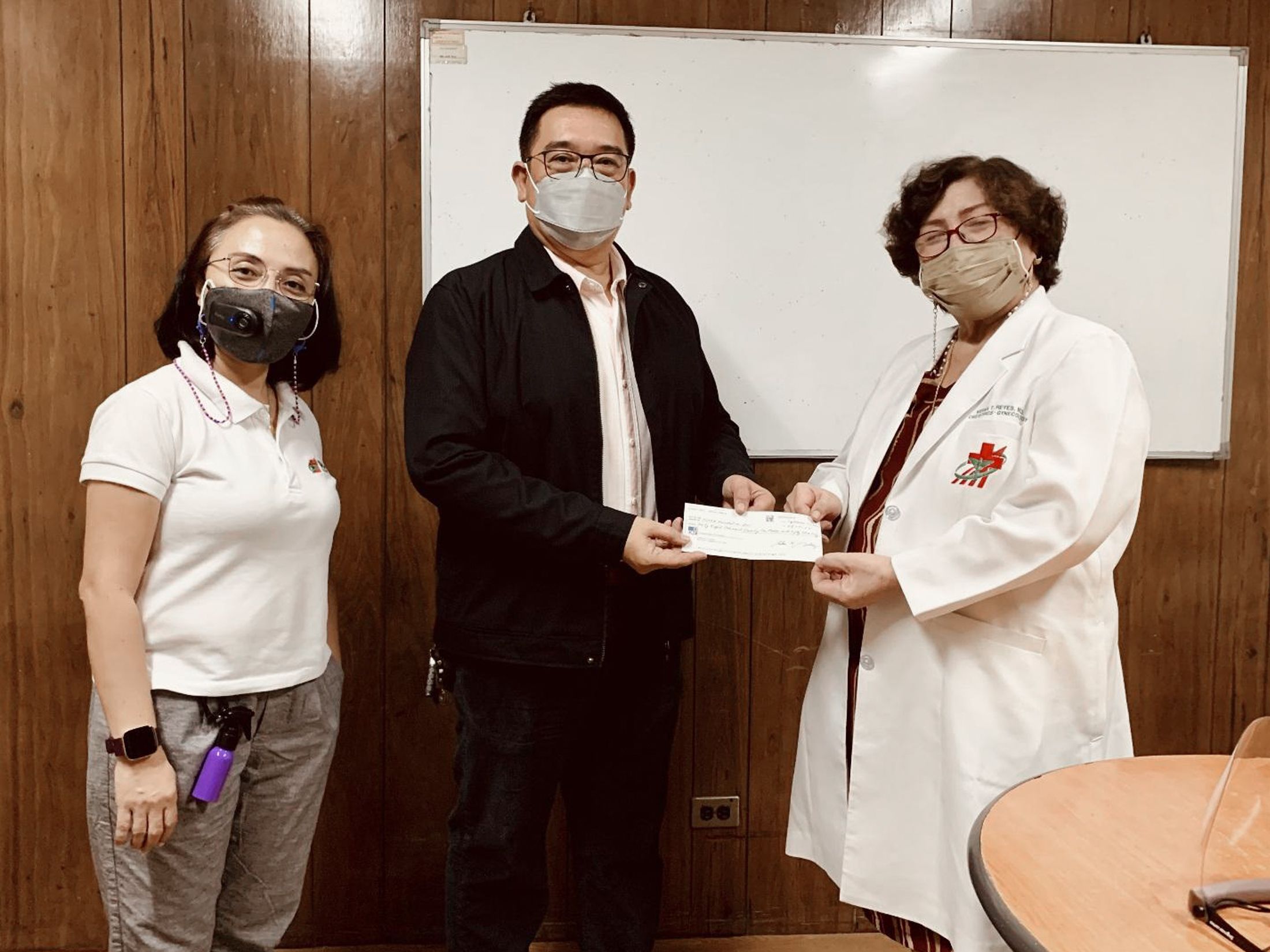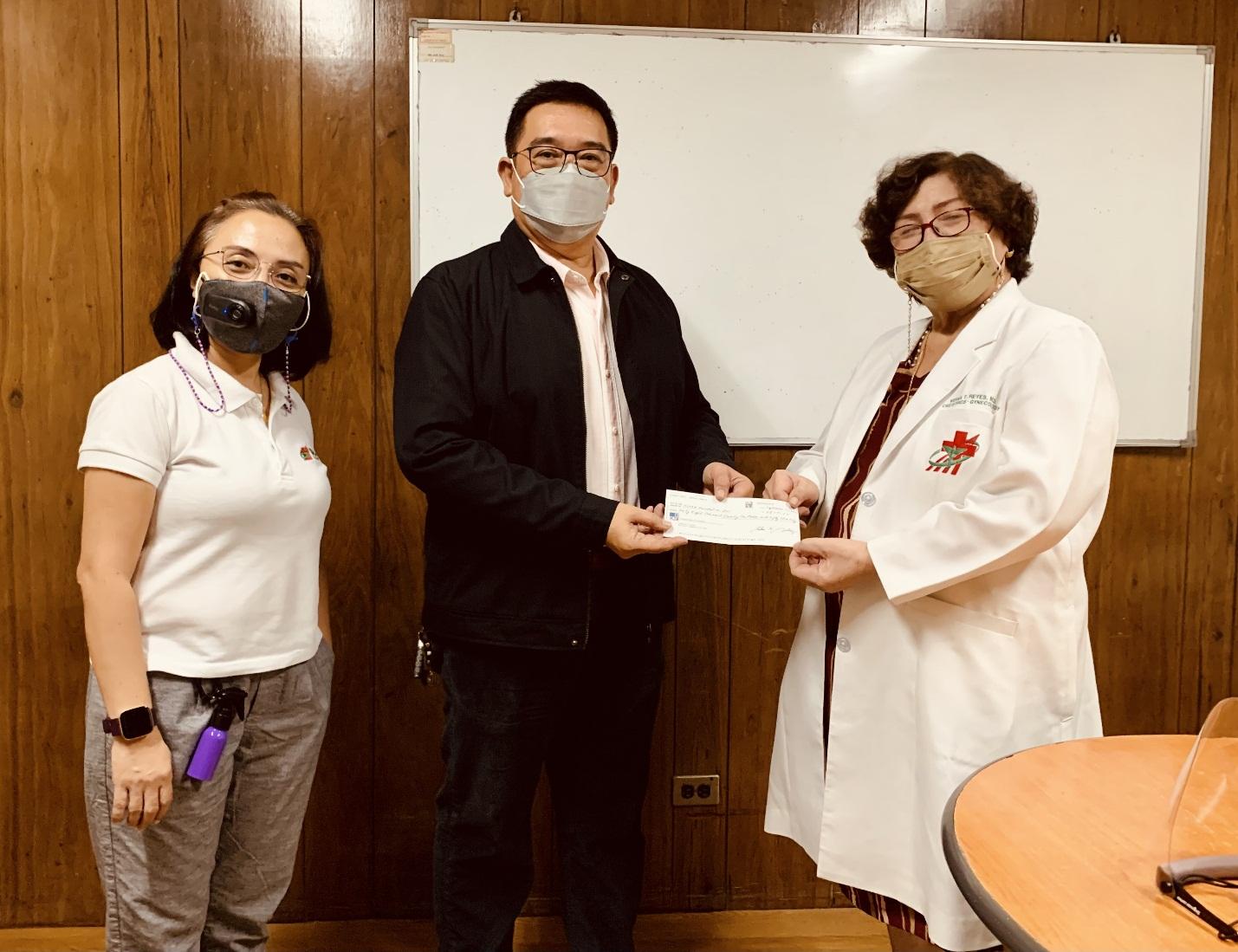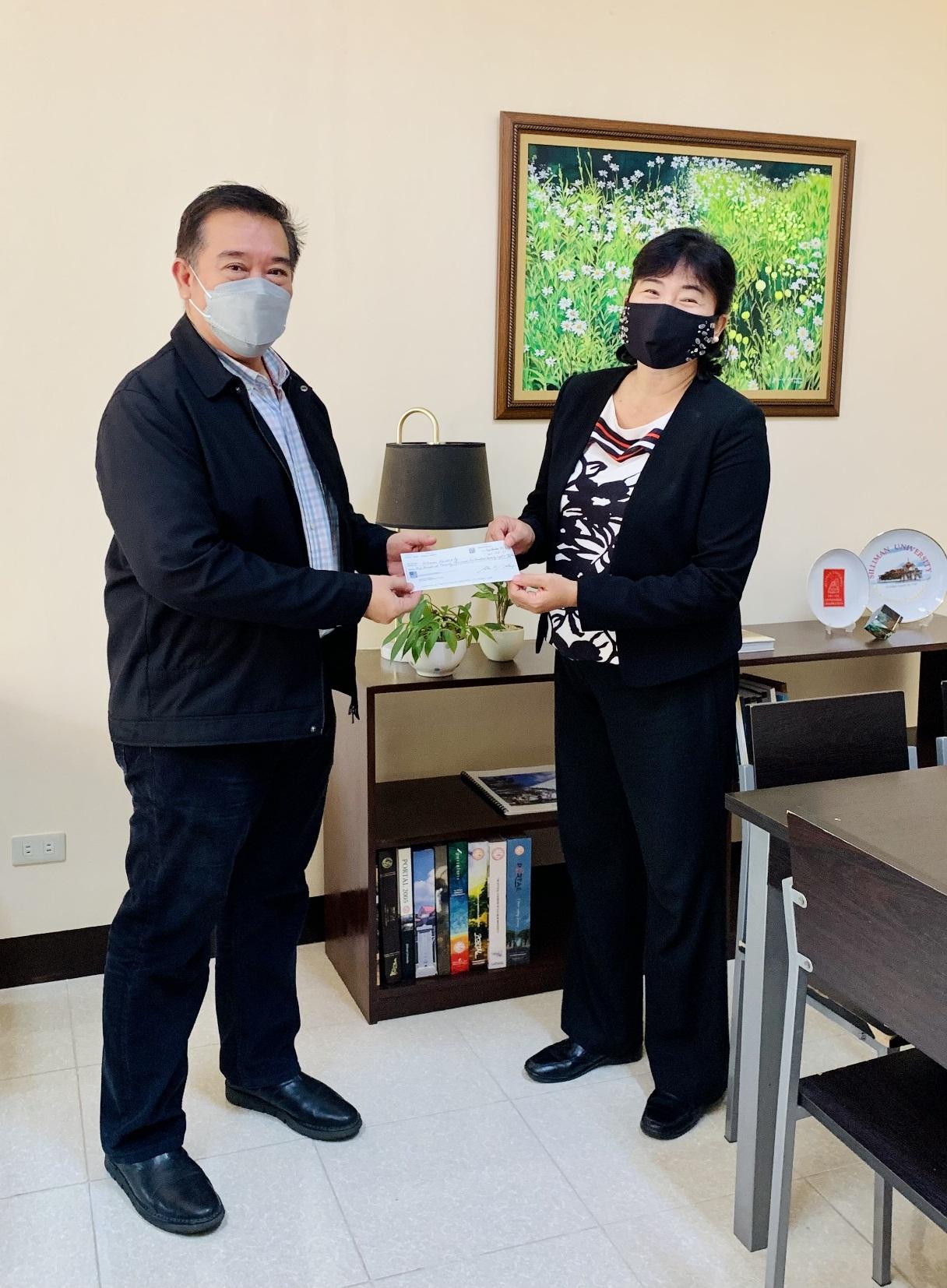
Alumni Update October 11 – 17, 2021
The Silliman University Alumni Association New York-New Jersey (SUAA NY-NJ) chapter recently sent a total of $5,500 cash donation for various projects, scholarships, and causes at Silliman University.
Janette B. Abella, immediate past president of SUAAA NY-NJ, said the different church services SU Church live–streams are especially close to the hearts of the alumni chapter members during this pandemic. A “love gift” of $1,000 for the SU Church was given in support of its online ministry.
The SUAAA NY-NJ chapter donation breakdown is as follows: SUChurch, $1,000; SU Medical Center Foundation, Inc. (SUMCFI), $1,000 for Personal Protective Equipment (PPE); SU Library Modernization Project, $2,500; and to the SUAA NY-NJ chapter scholarship fund, $1,000.

Dr. Verna T. Reyes, SUMCFI Vice President for Medical Services (right), receives the $1,000 donation from the Silliman University Alumni Association New York-New Jersey (SUAA NY-NJ) chapter, through Mr. Ruben N. Bokingo, SU Alumni and External Affairs Director (center). While Ms. Fredita R. Tan (left), SUMCFI Vice President for Nursing and Patient Services was also present during the turnover. The SUAA NY-NJ alumni chapter donation is intended for Personal Protective Equipment (PPE).

Prof. Jane Annette L. Belarmino (right), SU Vice President for Development (VPD), receives from Mr. Ruben N. Bokingo (left), SU Alumni and External Affairs Director, the SUAA NY-NJ alumni chapter donation of $2,500 for the Library Modernization Project.

Ms. Rodora T. Sagun (right), Head of the SU Scholarship and Student Aid Division, receives from SU Alumni and External Affairs Director, Mr. Ruben N. Bokingo (left), the donation of $1,000 from the SUAA NY-NJ chapter. Since 2015, the SUAA NY-NJ chapter has been assisting working students with their non-tuition fee needs. The chapter has also been actively supporting students with their internet connectivity through the Dreamkeeper Project of Silliman University, which provides mobile data and internet allowance to scholars as a way to address the lack of internet connectivity as a barrier in Online Distance Learning (ODL).


